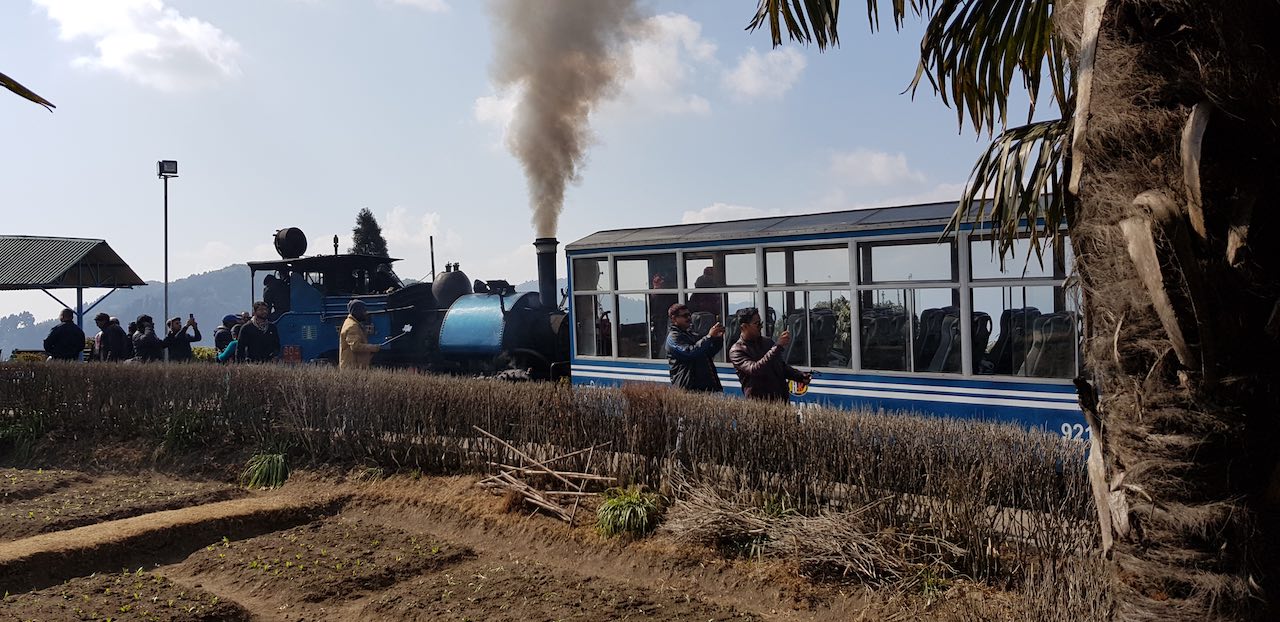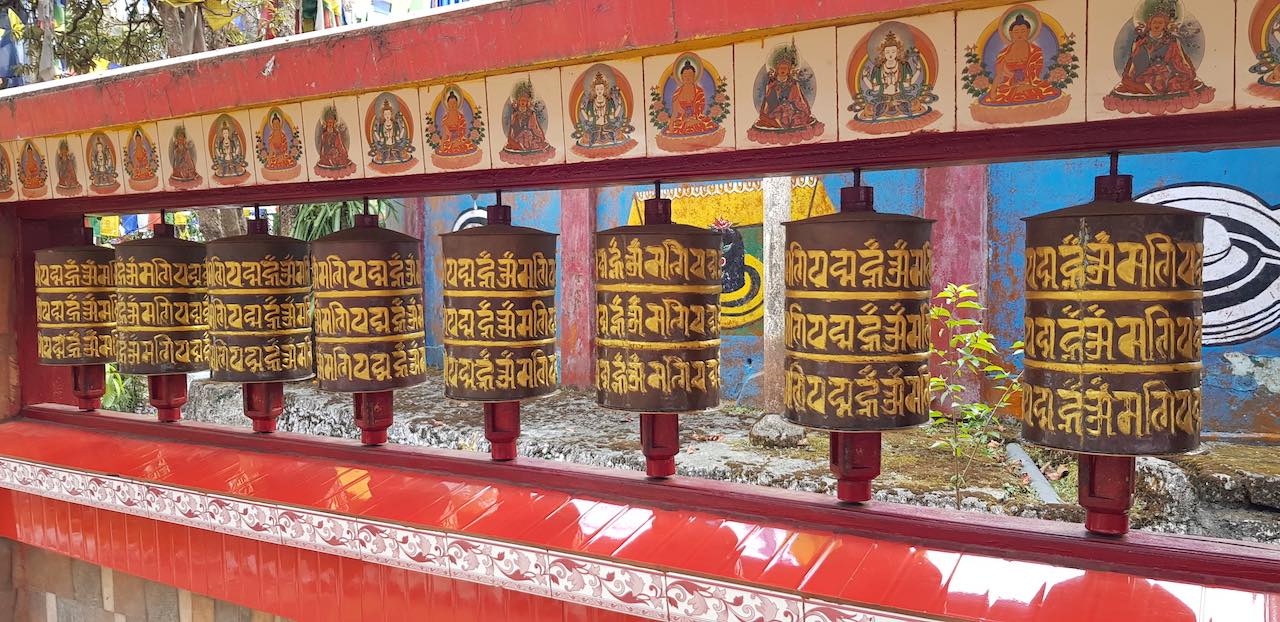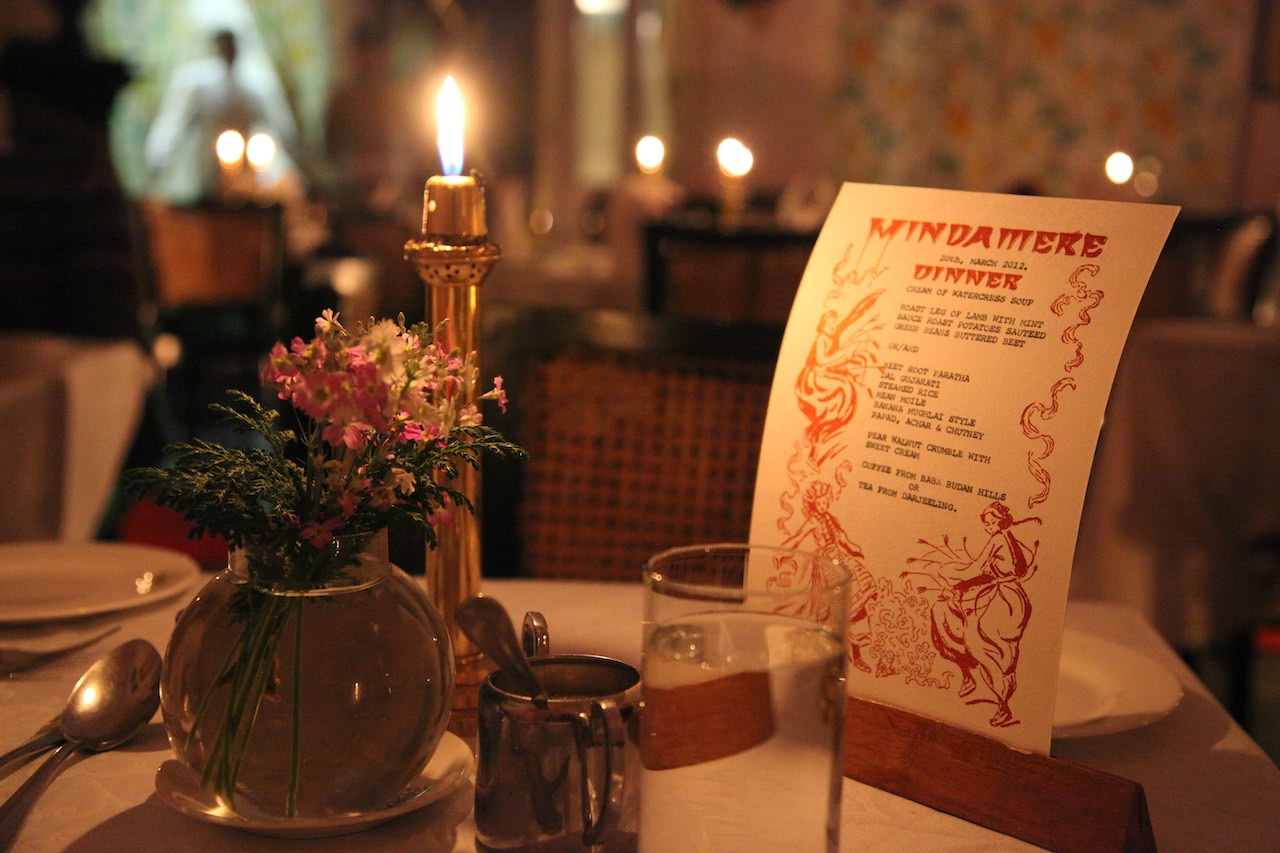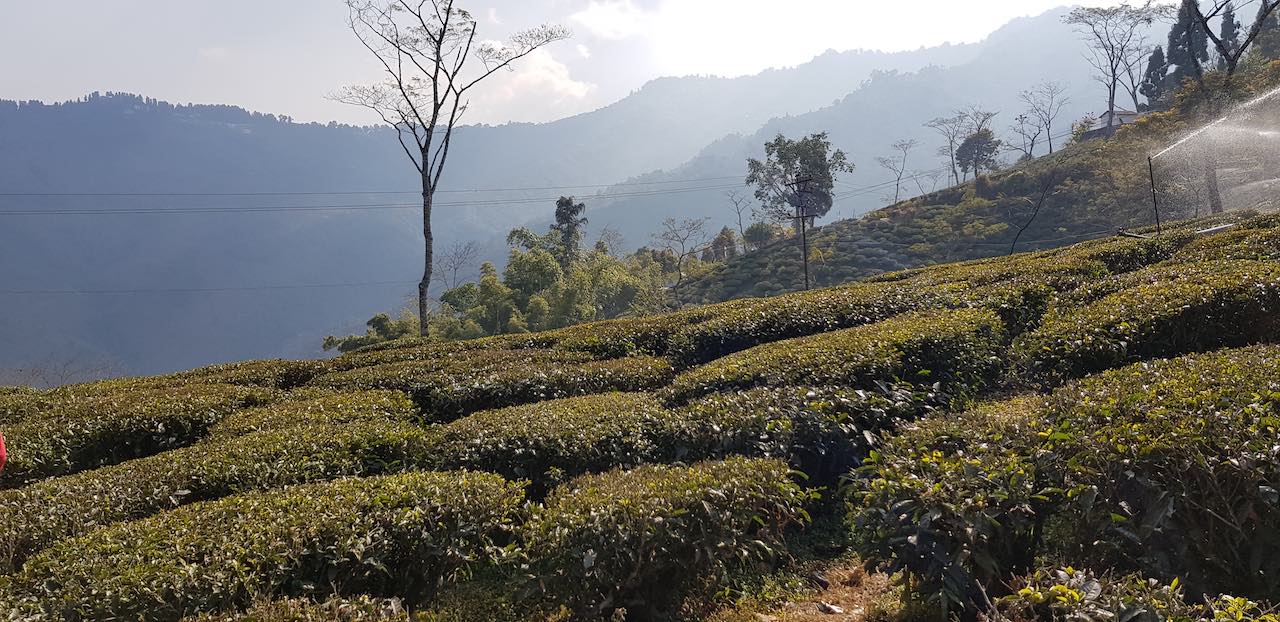We have all probably enjoyed a steaming cup of Darjeeling tea at some point, but few people know about the colonial hill town where the tea is grown, and even fewer have taken the time to visit one of the most picturesque destinations in eastern India.
Before Scottish doctor Archibald Campbell planted a handful of Chinese tea plants in the fertile soil surrounding the town of Darjeeling, there was little worth seeing there, but when the tea industry took off it all changed.
Darjeeling Himalayan Railway

Darjeeling Himalayan Railway (c) Joe Worthington
The original Glasgow-built steam train that once transferred British troops, tea planters and Indian Civil Service employees from the foothills of the Himalayas up to Darjeeling and Siliguri high in the mountains is still going strong. The whistle and rumble of the train echoing through the air, thick white clouds of smoke, and great locomotive engines weaving their way through the narrow and winding streets is a real sight to behold.
Get to Darjeeling station with plenty of time to buy your return ticket to Ghum and to look out for the train appearing behind wooden buildings that are perched on the edge of sheer cliffs. Find a seat on the left side of the train on the journey to Ghum and on the right for the return journey and enjoy the spectacular views of green tea bushes cascading down the steep Darjeeling hills and intrigued locals waving and taking selfies as the train passes close to their houses.
Tibetan Buddhist Monastery

Tibbetan Budhist Monastery (c) Joe Worthington
You can’t really miss the impressive Buddhist monastery, the largest in West Bengal, which stands overlooking the winding roads and tea plantations of the hill town.
Time your visit for the evening prayer session, where Buddhist monks of all ages sit down in rows in front of a giant Buddha statue chanting, banging drums, blowing horns and trumpets, ringing bells and clashing cymbals.
The whole experience is an assault on the senses, not knowing where to look or what to listen out for, not quite understanding what exactly is happening, and savouring the taste of a drink that looks like a sweet milky tea, but which is in fact a savoury butter tea called po cha.
Listen out for the sound of conch shells echoing through the air as young monks signal the start and end of prayer time.
Tea Factory Visit
You simply cannot visit the home of tea without stopping off at a functioning tea factory. There is no shortage of factories to visit, with tens if not hundreds scattered across the hills, separated by neat rows of green tea bushes and planters’ houses, each processing, packaging and selling tea to all corners of the world.
The most famous tea factory is called Happy Valley Tea Estate, which although accessible and open to the public, is not quite as authentic as Tukvar, Puttabong Tea Estate. The factory was opened in 1852 in the most northerly district of Darjeeling, located in the middle of the largest estate in the town. You can look at how tea leaves are processed, rolled and heated, cleaned and dried, sorted and packed.
Enjoy learning about different variations of Darjeeling tea. Springtime Bloom – the first flush with green tea notes, summer solstice muscatel – a vibrant fragrant tea, darjoolong – a semi-fermented tea, black whole leaf tea, broken leaf black tea, whole leaf green tea, and green fannings tea.
Shopping for Tea
As the home of Indian tea, there are countless family-owned tea stalls and wooden shops selling, you guessed it, Darjeeling tea. It is an art to find the best tea variety, and even more impressive to successfully haggle down the prices against wiley Indian shopkeepers looking to provide for their families.
You could choose to buy pre-packaged teas in the standard varieties that we have come to recognise in the west, or find a shop selling loose teas and try your hand at creating your own flavour. Wherever and whatever you do end up buying, you are guaranteed that the prices and quality are much better than those sold in supermarkets in the west.
The Himalayan Mountaineering Institute and Mountain Zoo
To commemorate the successful conquest of the Everest by Sir Edmund Hillary in 1953, the Indian state established the Himalayan Mountaineering Institute (HMI) to remember Hillary’s companion, Sherpa Tenzing Norgay. Visit the mountaineering museum, with countless artefacts dedicated to mountaineers throughout history, many of whom were based in Darjeeling for some time. Look at the select list of people who have successfully scaled the peak of Mount Everest, the photos on the walls of famous explorers, and the flags that represent the nations who have financed explorations.
The HMI building is surrounded by a mountain zoo. Meander between the cages and enclosures of some of the world’s rarest and least understood animals. Look at the Royal Bengal Tiger, snow leopards, various species of deer, fox, wolves, red pandas and birds. You could easily spend a full day here if you chose to.
Dinner at the Windamere Hotel

Dinner (c) Joe Worthington
There are few places left in India that try to preserve the feeling of being in the Raj. The in-house restaurant at the Windamere Hotel does exactly that. The 5-course silver service dinner menu is an unforgettable experience, with dim lighting, 1930s music gently playing in the background, and a substantial continental-meets-Indian menu. The menu changes each day, but you could find a Sunday roast paired with chicken korma and rice, jam roly poly with custard and a refreshing cup of Darjeeling tea to wash it all down.
ALSO READ: Hotel Review: Windamere Hotel, Darjeeling, West Bengal, India
Fact File
FLY: To get to Darjeeling you need to fly from Kolkata (Calcutta) or Delhi to Bagdogra Airport. One-way flights with IndiGo between Kolkata and Bagdogra start at INR 2,859 (approx. £28 in January 2019) or with Jet Airways from Delhi start at INR 5,195 (approx. £56).
DRIVE: After landing at Bagdogra Airport you need to drive for around 3 hours up the hills towards Darjeeling. There are countless car hire companies and cars with drivers who can do this.
STAY: The historic colonial Windamere Hotel is one of most renowned hotels in India, with a homely feel, real coal fires in every room, 5-course silver service dining and a prime location at the heart of this hill town. Prices start at INR 11,000 (+ GST) per night with two meals included (approx. £118).

